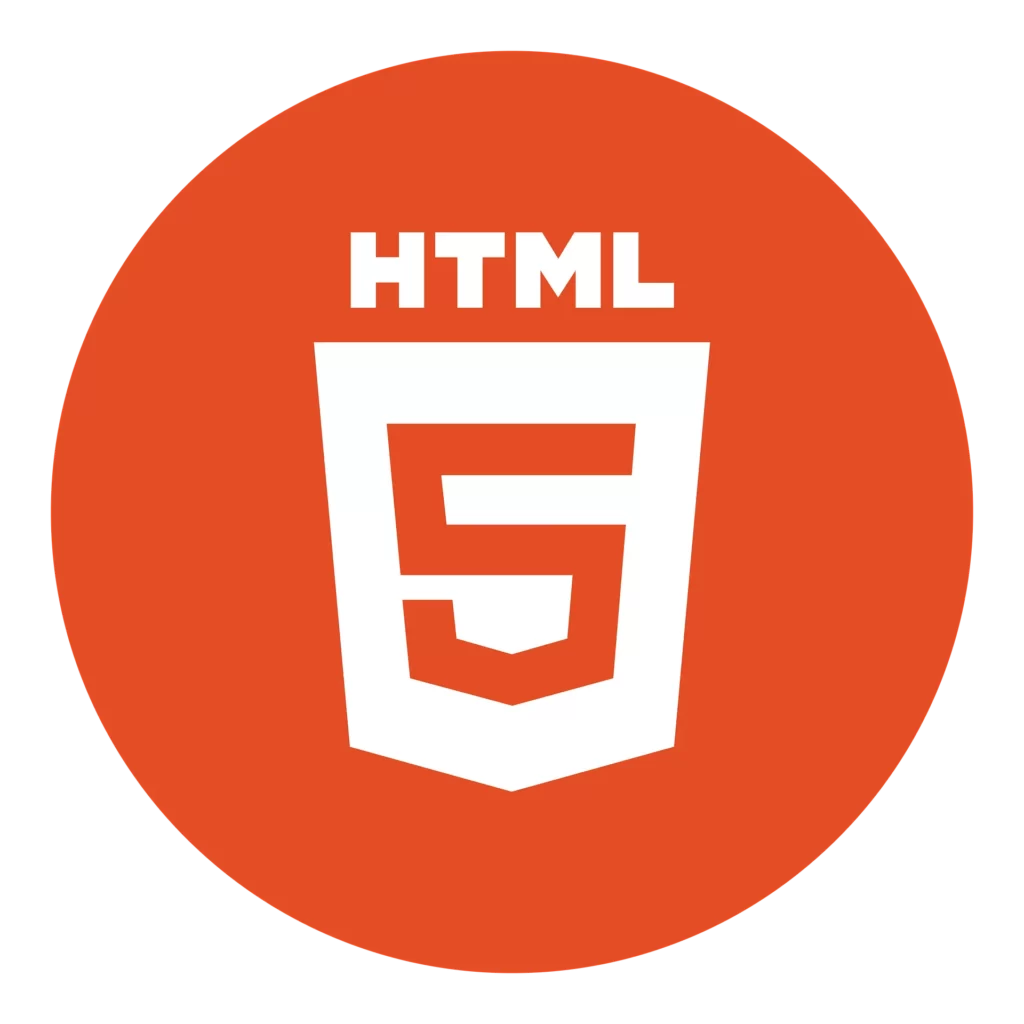What is HTML?
HTML is the standard markup language and its use is to create most web pages and web applications. HTML acronym stands for HyperText Markup Language. This is the most popular markup language.
What is the purpose of HTML?
In simple words, the purpose of HTML is to explain to the web browser what webpages should look like to the web page visitor. HTML gives it a structure, and CSS (Cascaded Style Sheet) gives it a style.
Where was HTML invented?
History of HTML says that it was invented at CERN (The European Organization for Nuclear Research) in Geneva, where Tim was working in a computing services section. This organization is a meeting place for physicists and other scientists from all over the world.
Who created HTML?
Tim Berners-Lee came up with a simple solution for the problem he was facing at the time. He wanted to create a possibility for sharing documents between labs easily, without needing to send the papers in material form and in a much less complicated way. This was done by creating the possibility to link documents electronically with hyperlinks.
When was HTML invented?
The birthday of the first website created is August 6, 1991. The first web page ever made described how you can create web pages and gave information about hypertext. This was the first time that you could find a publicly available description of the document called “HTML tags“.
What is a markup language?
Markup languages are web languages that use tags to format how the textual components of the content will be displayed in your web browser. HTML gives instructions to your web browser on how to present images, text, and hyperlinks on a web page.
Is HTML a programming language?
It wouldn’t be correct to call someone a programmer just by knowing HTML. This is important for all those that want to start their programming or coding journey. Programming languages are capable of logic building and decision-making, but HTML can’t do that. These are the main clear reasons why HTML is not a programming language.
Importance of HTML
Hyper Text Markup Language (HTML) has a vital role globally. Programmers are using it to build anything from the most simple website to web applications that we all use on a daily basis. Can you imagine the world without all the information you have available online today? Think about all the apps you use daily. How often do you search for information online? Because people all around the world do business and earn for living thanks to websites and apps, the importance of HTML is huge.
You can communicate with a person in the other part of the world in just a few seconds. If you dive into any industry, whether it’s healthcare, manufacturing, or architecture, you can see how the existence of HTML and the history of HTML contributed to its growth. Imagine how much slower science would develop without existing of HTML and Worlds Wide Web.

HTML examples
<!DOCTYPE html>
This tag will let the browser know that it’s reading an HTML document.
<head>
It tells that there is a beginning of the heading. This code contains metadata for search engines and details that your browser will read.
<html>
This is tag also shows to a browser that it’s reading HTML. The <html> tag is used just after the DOCTYPE tag, and it should be closed with a </html> tag at the end of your file.
<title>
This tag shows that there is the beginning of the title of your page. This is what displays as the tab title when you opened the page in a browser.
<body>
This tag shows that this is the beginning of the body text. You should place the complete content of your page between these tags.
<h1>
The <h1> tag is dedicated to a level-one header from your webpage.
<meta>
Metadata tag is primarily used by search engines. This represents information about what’s on your page.
<p>
This <p> HTML tag represents a paragraph of text.
<br>
This code shows that there is a paragraph break. It is useful when you want to separate sections of text.
<strong>
This tag indicates important text. In simple words, that means that this text will be bold.
<a>
With this tag, you can create links. Use it to link from the current page to another.
<img>
The IMG HTML tag is the one that you will use when you want to add an image to your webpage.
<ol>
When you need to create a numbered list within the content on your page, you should use this tag.
<ul>
This is simply a tag you will use for a bulleted list.
<table>
The <table> and </table> tags indicate the start and end of the table.
<blockquote>
When you want to quote some other persona or website and make it different from the rest of the document, you should use the blockquote tag.
With these HTML code samples, you are able to create a simple website.
HTM vs HTML
HTML (Hypertext Markup language) files or pages can have extensions in .html or .htm format. Basically, the difference between .html and .htm extensions is just one letter. Both options will show the same content. Even this difference doesn’t sound important, both extensions have some limitations.
The HTM extension exists because few operating systems don’t allow the usage of four letters in the extension. But, on the other hand, some serves prohibit the usage of the .htm format. The .htm extension is a .html file that was created by someone that was using an old Windows environment.
It is on the user to decide which extension will be more suitable and according to his preferences.
History of HTML timeline
There are 6 major HTML versions. You can see them listed below.
- HTML1 developed in 1991
- HTML2 developed in 1995
- HTML3.2 developed in 1997
- HTML4 was reissued with small edits as HTML4.01 in 1999
- XHTML developed in 2000
- HTML5 developed in 2014
W3C HTML Validator
W3C validator is a free web-based service created by World Wide Web Consortium (W3C). It allows Internet users to check a website’s code to see if it follows the formatting standards. HTML validator follows the standard of W3C to validate an HTML page.
With this HTML validator you can check HTML and XHTML documents. For instance, this can be very important for your website, as it can help you improve your SEO by avoiding errors in your code. For better ranking and more traffic, you should definitely use a W3 HTML checker.
Professionals highly recommend using this service. Moreover, when your website is optimized and runs smoothly, you will show your professionalism and create a better user experience for your visitors.
There is also W3C Validation for CSS. This w3c validation checker service allows you to validate your CSS code when you upload your CSS file.
What is HTML’s latest version?
HTML5 is the latest HTML version. This version supports tags, elements, multimedia, document markups, and new APIs. HTML5 is also useful for game development, which wasn’t possible before.
HTML logo
This bellow is the latest HTML logo.

Is there HTML6?
Seems that the release of HTML6 is only a myth. HTML5 will just continue to get updated with new features, which is called a living standard. The idea of a living standard means that HTML will never be completed and it will be continuously updated and improved. This all means that the html6 release date doesn’t exist.
Conclusion
The creator of HTML couldn’t even imagine what changes HTML will bring to the world. It created so many opportunities for today’s world and it is creating more of it every day. Now, there is even the HTMLCOIN cryptocurrency. The history of HTML can only tell that the future will be unpredictable. The fun fact is that another project made by accident had an essential role in technology growth. In conclusion, we can expect huge innovations and changes in our everyday life.




